Apple's $1 billion iCloud data center near Reno, Nevada taps into the latest technology in data signaling to bring high speed Internet services from the desert to users. Here's what's involved in the mega "information superhighway" project.
Previous segments in this series have looked at Apple's commitment to building the world's greenest data centers, the company's jump start in construction at its Reno data center site, the massive scope of site preparation, and the sophisticated water technology being installed. Here'e we'll look at the futuristic conduits that deliver iCloud's digital packets at the speed of light, as well as their historic predecessors.
Something old, something new, something borrowed, something rainbow
What do you do with affordable land, blessed with abundant natural resources and located at a strategic point between America's major cities?
Historically, you build transportation links and set up infrastructure to deliver goods and services across vast distances. And today, Apple is partnering with leading data providers, including AT&T, to do just that with its massive iCloud construction project, except instead of roads, the company will use data links to shuffle data between Silicon Valley and New York City (and, of course, to the rest of the Internet) at light speed.
AT&T's data building (above) opposite Apple's vast construction site (visible in the background) gives the appearance of being just a simple, single room Old West prairie schoolhouse. The only feature that's really historic, however, is its olde fashioned white outhouse (standing in the foreground).
The brick structure with its massive exhaust chimney actually holds high tech equipment pioneering some of the world's most advanced signaling technologies now in production: Dense Wavelength Division Multiplexing (DWDM) for long range fiber optic data links offering blazing speeds that replace Coarse Wavelength Division Multiplexing's 40 Gigabit links with conduits that can support 100 Gigabit transfers.
While simple fiber optic systems (such as the Toslink digital audio cables Apple supports on its MacBooks and Apple TV) use a single wavelength LED to essentially shine a flashing light down a glass tube, more sophisticated systems use higher powered lasers, and break up the light spectrum into a rainbow of colors ("wavelength division"), each of which is used to send part of the signal.
"Multiplexing" packs this rainbow of signals into a single optical cable for transmission, and the "dense" designation means that more wavelengths and channels are packed into tighter bundles (compared to "coarse," of course). The actual "color" frequencies that work best to deliver data over fiber optic are actually infrared rather than those visible to the human eye.
Densely packed optical data requires highly sophisticated, temperature controlled lasers tuned to generate precise wavelengths of light, as well as expensive new transponders and repeater equipment to support the advanced technologies required to effectively amplify different parts of the spectrum for long distance transmission.
Without the massive investments made to figure out how to perform this sort of optical magic, fiber links would be restricted to short runs within cities, rather than being able to send huge streams of data long distances, linking users together with a centralized service like iCloud.
Three centuries, three high speed networks
The site of Apple's newest data center, located within the Reno Technology Park now under development by Unique Infrastructure Group, follows in the footsteps of three landmark transport paths built across America over the past three centuries.
The first was the Transcontinental Railroad, initiated from Sacramento, California to the Missouri River in Iowa during the presidency of Abraham Lincoln. Funded by the Pacific Railroad Acts of 1862 and completed in 1869, it opened up the Western U.S. to development and still serves as a critically important mode of shipment.
The second was the Interstate Highway System built under President Dwight D. Eisenhower, funded by the Federal Aid Highway Act of 1956. Interstate 80, which runs from San Francisco to New York City (and past Apple's Reno data center site) was completed in 1986, resulting in the first and longest continuous freeway to stretch across the nation, 120 years after the First Transcontinental Railroad.
The third are the data conduits that support the Internet, funded by former Vice President Al Gore's High Performance Computing and Communication Act of 1991. Gore's promotion of an "Information Superhighway" became a key platform issue in President Bill Clinton's successful first campaign.
The rapid expansion of the Internet in the 1990s helped fuel the longest peacetime economic expansion in American history. It also eventually contributed the "i" to a series of Apple products that has over the past 15 years vaulted the company into being the world's most valuable and productive firm in the world: iMac, iPod, iPhone, iPad and now iCloud.
Apple's latest iCloud data center happens to be situated at a point where America's railroads, highways and data conduits have made important initial connections across the nation. That's not a coincidence, as each new form of transport was built along the previous one. But only due to recent developments does it now make sense to build massive data centers far from the population centers they serve. In fact, it not only makes sense but is both economically critical to job creation and important for the environment.
Jobs and products
It is noteworthy that Apple's choice to build a data center here represents a massive new type of investment infrastructure that can't simply be shipped overseas in the way that manufacturing increasingly has. The highly automated nature of Apple's iCloud servers don't directly involve a huge workforce, but its servers do create new value in the form of online services. These services generate revenue to help support the local and national economy, with effects lasting long after the initial surge of constructing the data center is completed.
Much like the railroads of the 1800s and the automotive and petroleum industries that advocated highways in the 1900s, the tech companies that pushed for national data network infrastructure in recent decades are now investing in making those assets productive.
While recently denigrated by some developers who are upset Apple hasn't flawlessly solved all of their advanced data service needs within the first two years of iCloud's existence, the company's plans are ambitious. By building out its Internet services as a platform that's just as important as OS X and iOS, Apple has helped set a new minimum expectation for users where all of their data, documents, backups and media are available anywhere they have network access.
Apple's iOS App Economy has directly created 291,250 jobs in the U.S. (an increase of more than 80,000 over the past year) and has paid out over $8 billion to its developers. Apple simply wouldn't have been able to generate its incredible revenues or those jobs had the U.S. not invested in founding the infrastructure of the Internet.
Prominent computer scientists and Internet pioneers Vint Cerf and Bob Kahn commented that, "as far back as the 1970s Congressman Gore [then in his late 20s] promoted the idea of high speed telecommunications as an engine for both economic growth and the improvement of our educational system. He was the first elected official to grasp the potential of computer communications to have a broader impact than just improving the conduct of science and scholarship. Though easily forgotten, now, at the time this was an unproven and controversial concept."
The economic growth sparked by the Internet is no longer a controversial concept. Apple's iCloud and iTunes App Store promote, sell, distribute and update apps to users at mind boggling rates, with over 20 billion new app downloads (not including any redownloads or updates) handled by the company just last year.
That's as many apps in one year as the combined total Apple reported delivering in the previous four years between the App Store's opening in 2008 and 2011. This tremendous growth curve, which shows no signs of slowing, demands new investments in infrastructure and incredible data network capacity.
Gore now sits on Apple's board, and has been a major advocate of Apple's development of Internet services in an environmentally sustainable and responsible way, reflected in the company's efforts to build the world's greenest data centers.
Better, faster, smarter pipes
In addition to benefitting from initial government investments in Internet infrastructure, Apple has also formed partnerships with carriers to leverage their networks. When it released the iPhone in 2007, it partnered with a fledgeling group of struggling GSM carriers that had just merged to create the "new AT&T."
Apple's iPhone stressed that mobile network to the breaking point on several occasions, but also strengthened it to become a real national competitor. In 2010, Apple partnered with Verizon in the US, and subsequently every other major carrier has jumped to partner with it as soon as they could afford to buy Apple's business, from Sprint in 2011 to T-Mobile this year.
With iCloud, Apple is the data customer, not just a manufacturer with a hardware catalyst that sells carriers' mobile data service to end users. For its new Reno data center, Apple has again partnered with AT&T, which has intercontinental lines that stretch like a highway from Silicon Valley to the East Coast. For redundancy, Apple also has a variety of other options among data providers that have run parallel high speed fiber optic cables along the highway or railroad right of ways.
As the primary driver in cloud services among consumers, Apple is using the "Information Superhighway" to radically change how individuals buy media, software and use services.
From its original, pioneering efforts to make digital music downloads in iTunes easier than driving to a store or shipping physical recordings around, Apple has since revolutionized software distribution, entirely eliminating retail packaging and erasing the need for optical media with the Mac and iOS App Stores.
The result is increased efficiency for developers and users, with savings that include less packaging, shipping, waste and other environmental impacts. By replacing old media with digital downloads, Apple is shifting many conventional goods into the electronic realm, and it's using its billions in profits to reinvest in the expansion and enhancement of its cloud offerings.
More on Apple's plans for iCloud is expected to be outlined in June at the company's Worldwide Developer Conference in San Francisco.
 Daniel Eran Dilger
Daniel Eran Dilger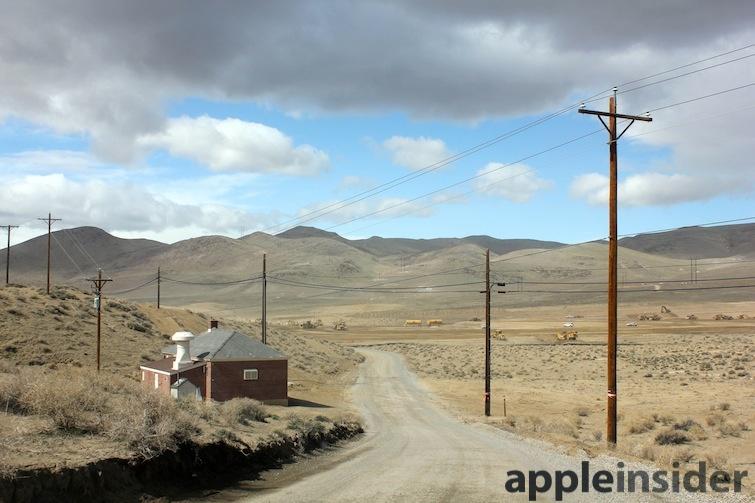
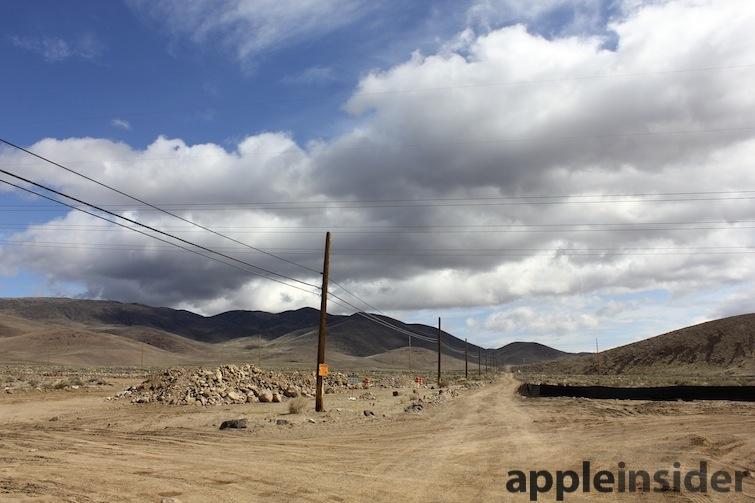
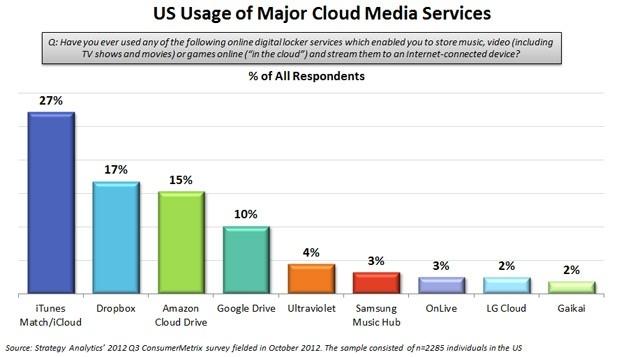







-m.jpg)





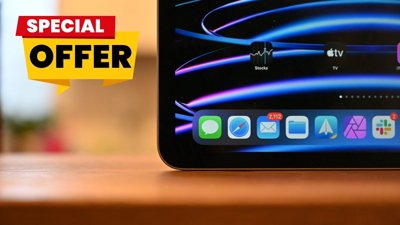
 Christine McKee
Christine McKee
 Malcolm Owen
Malcolm Owen

 Charles Martin
Charles Martin
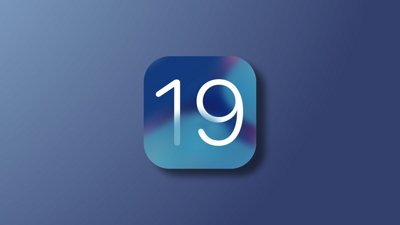

 Mike Wuerthele
Mike Wuerthele
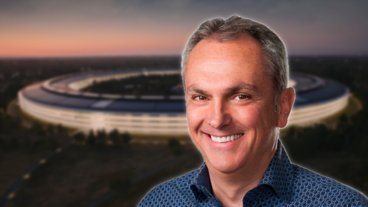

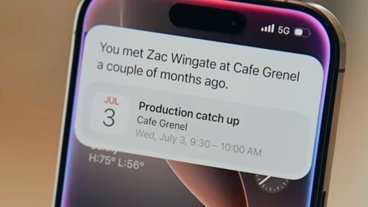
-m.jpg)






27 Comments
I wonder how long before TimeMachine is offered via iCloud for those on fast connections. I continue to be more and more impressed by TM. I've recently changed out my MBP's hard drive several times during experiments with SSDs after either cloning or migrating and it just keeps on going and going ... After at least five changes I can still access backups from over a year ago including those drives that were swapped in and out. Bloody amazing!
Looks like this house is located at 39.56554,-119.543209 The photo above is looking west onto the Apple construction site.
With another billion spent on iCloud, will Apple ever make it as useful as Mac.com was 10 years ago? Who do Apple users have to resort to using Dropbox, which seems to be the new "mac" standard among the Apple faithful that are my peers? Dropbox works just fine actually. Apple should just buy them and incorporate Dropbox into iCloud since the current iCloud features are all but useless to most users.
I wonder how long before TimeMachine is offered via iCloud for those on fast connections. I continue to be more and more impressed by TM. I've recently changed out my MBP's hard drive several times during experiments with SSDs after either cloning or migrating and it just keeps on going and going ... After at least five changes I can still access backups from over a year ago including those drives that were swapped in and out. Bloody amazing!
Time Machine is the best, most unique feature on OSX in my opinion. It's the first thing I mention to people who are tempted to switch from Windows.
Still, the main problem with Apple is that the company is valued only for the number of iPhones it can sell per quarter. The vast majority of Apple's revenue is directly related to iPhone sales. Apart from that, the rest of whatever the company does hardly even matters. In essence, Apple is considered nothing but an iPhone one-trick pony of a company. In Wall Street's eyes, Apple having some light-speed fiber connections is merely a waste of time and money. And isn't Apple merely following Google's optical fiber initiative? This story will barely elicit a yawn from Apple investors and they'll probably continue to sell off their Apple shares until Apple can produce some decent iPhone sales numbers or some radical new product that no one else makes.